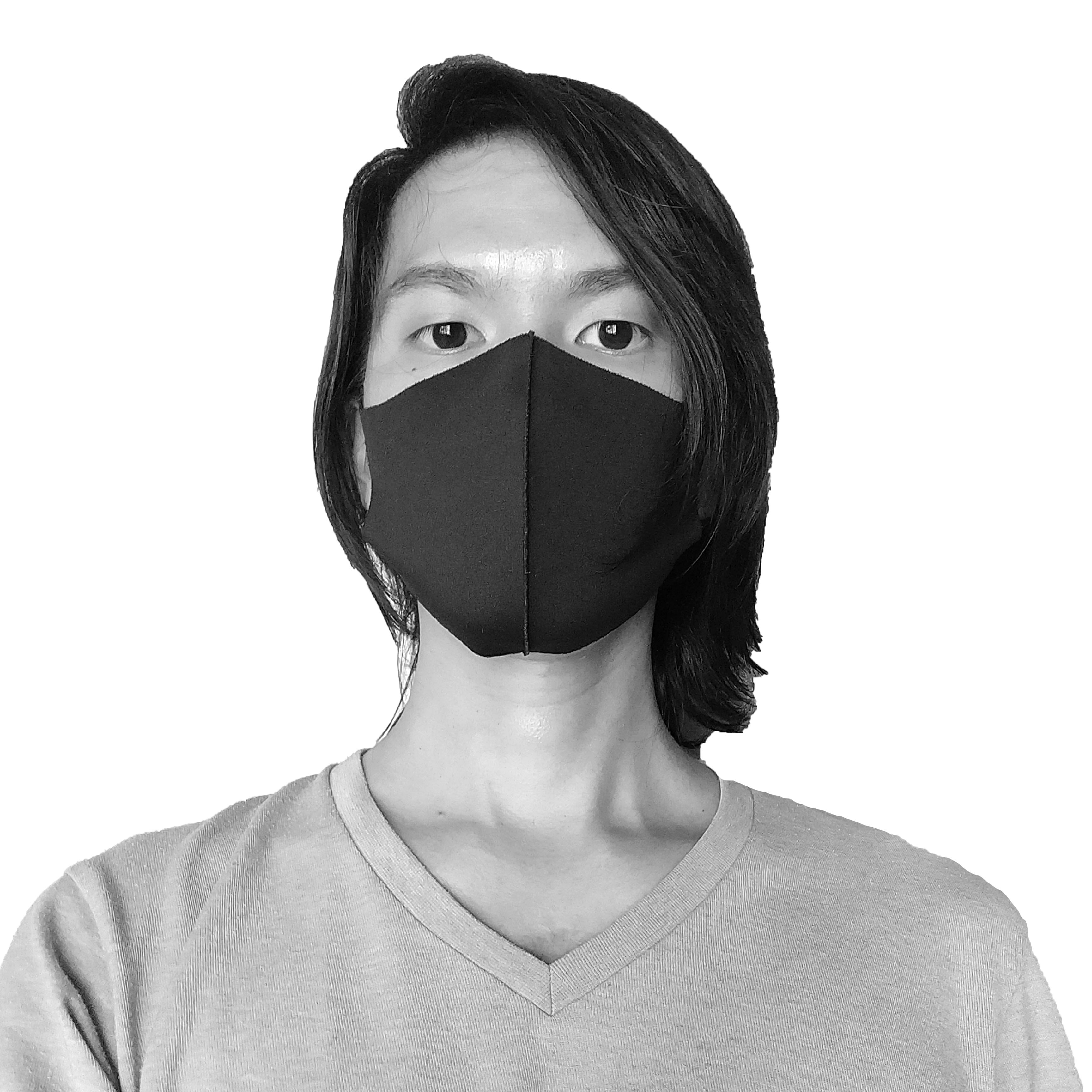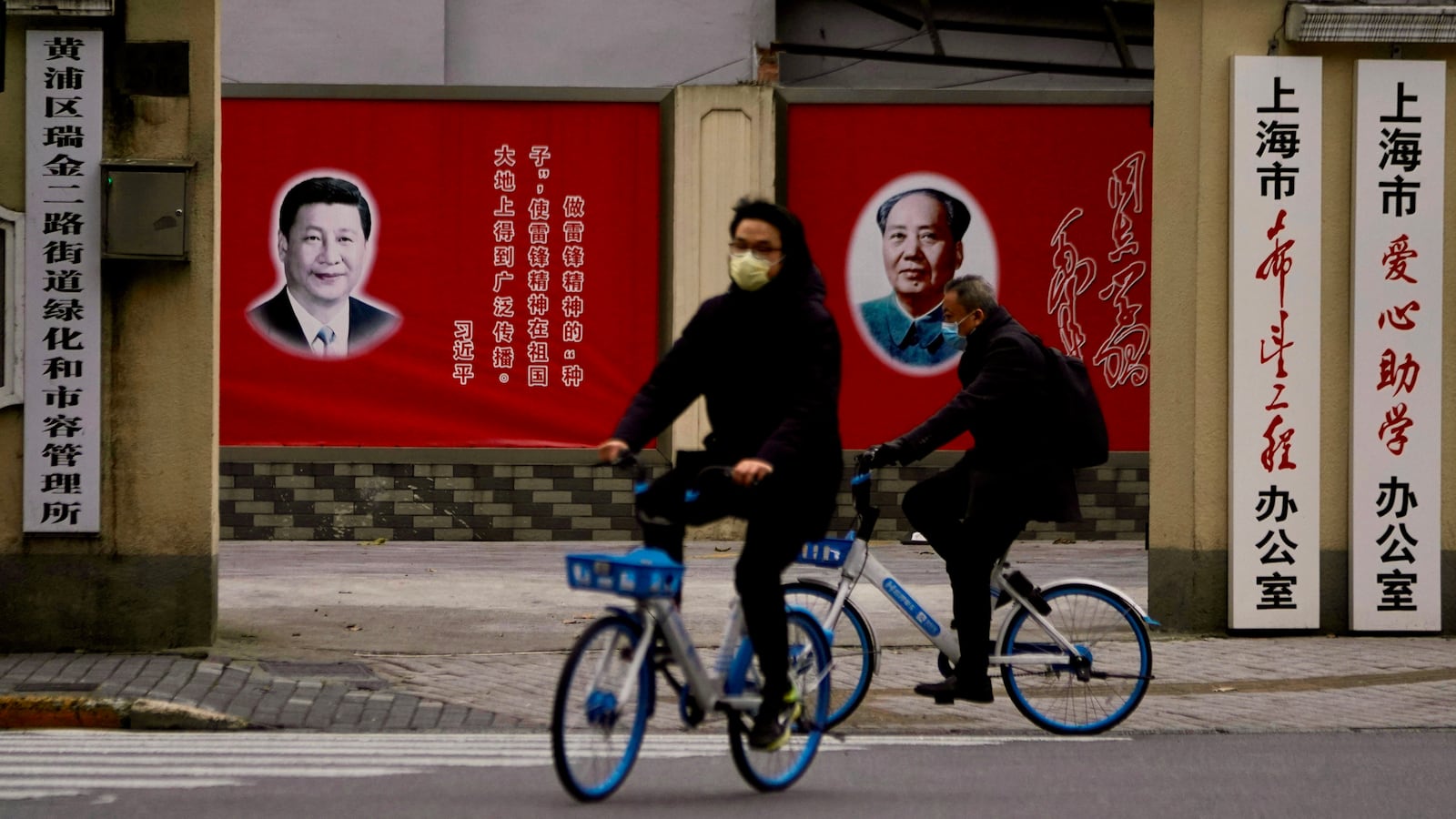HONG KONG—China’s President and Communist Party General Secretary Xi Jinping has been eager to cast himself as the driving force behind the country’s efforts to contain the spread of the novel coronavirus and COVID-19, the disease it brings.
Yet it’s clear, as new epicenters have emerged in South Korea, Iran, Italy, and Japan, that China has failed to contain the disease whose existence it was reluctant to acknowledge in the first place.
The World Health Organization has backed up Xi, heaping praise on him that goes beyond normal diplomatic language. Earlier this month, WHO Director General Tedros Adhanom Ghebreyesus said that Xi embodies the “political commitment” and “political leadership” required to weather this crisis. (Note that China's financial contributions to the WHO are second only to the United States.)
In the same obsequious vein, the WHO has refused to define the outbreak with the scary word “pandemic.” Instead, the health organization’s officials say the world should be “in a phase of preparedness” for such a thing.
But the Chinese Communist Party has not been prepared, and its command structure is in disarray.
To project the image of centralized order, Xi spoke to 170,000 officials via teleconference on Sunday, outlining a grand plan in China’s “war” to combat COVID-19, the respiratory disease caused by the coronavirus.
Repeatedly, Chinese officials have made hash out of critical steps to prevent the sickness’ spread, because by the time they realize people are falling ill, it’s often on a scale that reflects their lack of preparedness, and party cadres fear that this may lead to reprisals from their superiors. CCP administrators are trained to enforce party diktats, not to handle rapidly evolving emergencies.
Meanwhile the coronavirus has paralyzed the Chinese economy, sending shockwaves around the world. Markets are tanking. Workers in many countries are being placed on unpaid leave or even losing their jobs.
Although China’s top epidemiologist, Zhong Nanshan, says that the outbreak will be brought under control by the end of April, experts on the other side of the globe have offered a very different view: the virus may infect 40 to 70 percent of people around the world in the next 12 months, according to Harvard epidemiology professor Marc Lipsitch, quoted in The Atlantic. And while most people will recover or may not even exhibit symptoms, the elderly or individuals with existing health problems may face life-threatening situations.
That's particularly worrisome in China, where a sense of self-preservation within the party structure overrides preventive measures, emergency responses, and common sense.
A group of officials in Wuhan—the city that is the heart of the COVID-19 epidemic—said that visitors trapped in the city would be able to leave last Monday, Feb. 24, only to have their notice revoked three hours later.
People in Wuhan, mostly confined to their homes for more than a month now, asked: Who’s calling the shots? Why aren’t officials communicating with each other? And if the party and the government can’t figure out what to do next, where does that leave everyone?
The retraction included statements like “Wuhan resolutely adheres to the spirit of Chinese President Xi” and the city “strictly controls every exit from Wuhan and the management of personnel.”
So when a woman from the locked-down city somehow made her way to Beijing on Feb. 22, only to be diagnosed with COVID-19, there was confusion in the capital. (The woman is considered to be a mild case and has been placed under isolation and observation for 14 days.)
Party cadres have been overwhelmingly concerned about managing the Chinese government’s image, prioritizing propaganda over public well-being at critical junctures.
On Wednesday, Caixin, a Chinese publication that has been conducting deep investigations about the outbreak’s early days in Wuhan, revealed new information about how CCP gag work played a part in the virus’ spread by limiting public knowledge.
Caixin reported that on Dec. 24, a virus sample taken from one of the first wave of patients was sent to a lab for genome sequencing. Results were ready three days later, but then health officials in Hubei ordered the samples destroyed on Jan. 1. Soon after, on Jan. 3, the National Health Commission centralized all tests related to the coronavirus, in turn limiting the number of confirmations that were reported each day.
Unsurprisingly, that article has been taken off line, although screenshots of the text have been uploaded to Github.
There have been more cover-ups by public officials in China.
The warden of a prison in Jining, a city in northeastern China, is responsible for the virus spreading under his jurisdiction. The warden’s son traveled from Wuhan to Jining and infected him. He then carried the virus into the prison that he oversees. Soon after, at least seven guards and 207 prisoners became ill. The warden attempted to keep things quiet, so he hired 50 villagers to build an isolation ward. But news spread, and only then did he report the matter to his superiors and seek proper medical assistance for the prisoners.
Elsewhere in the country, clustered infections emerged in other prisons—230 in a women’s prison in Wuhan, 41 at another facility within the same province, and 34 at a penitentiary in Zhejiang province on the eastern coast.
Just two weeks ago, China’s National Health Commission was confirming thousands of new infections each day, but these were figures that health professionals around the world and doctors in China believe to be significantly lower than reality. Now, the daily addition is down to a few hundred, with dozens added to the official death toll each morning.
The commission said that more than 3,000 doctors, nurses, and medical technicians have been infected with the virus, and at least nine have died.
Globally, the coronavirus has killed more than 2,800 people.
For now, little is known about the physical nature of the virus—exactly how it spreads, how quickly, and which conditions are ideal for cross-infection. People in China are referencing the timeline for the SARS outbreak in 2002 to 2003, when infection numbers in East Asia took a nosedive as soon as the weather warmed.
But the U.S. Centers for Disease Control is less certain that spring and summer climates are a mitigating factor: “At this time, it is not known whether the spread of COVID-19 will decrease when weather becomes warmer. There is much more to learn about the transmissibility, severity, and other features associated with COVID-19 and investigations are ongoing.”
Previously, the virus’ incubation period was thought to be two weeks, but new cases suggest that it may be up to a month. What is known is that the virus is highly transmissible. As it finds new hosts outside of China, we’re increasingly seeing cases where patients have no direct link to China or other infected individuals.
As we teeter toward a global pandemic, the coronavirus outbreak has shown us that no country in the world is prepared for a health crisis of this scale. Medical experts in the U.S. have warned that Americans should be ready to see a swell in the virus’ footprint in the country, where thousands already are being monitored for possible infection. Testing kits are in short supply, and House Speaker Nancy Pelosi said any vaccine for the coronavirus should be “affordable”—not free for the public.
President Donald Trump’s reactions to the situation have been even more discouraging. He offered assurance—if it can be called such—that “there’s a very good chance you’re not going to die.” He appointed science rejector Mike Pence to oversee the government’s response, and is ignoring warnings from the CDC, much as the the Chinese Communist Party scorned early warnings by doctors in China.
New infection numbers may be tapering in the People’s Republic, but there are still more than 40,000 patients in hospitals receiving treatment for COVID-19. Many more are stuck at home, toughing it out on their own. The virus is only beginning to pick up speed as it spreads around the globe. This outbreak is far from over, and we’re still weeks or months away from life returning to normal.
Take Hong Kong as an example, where there are only 93 confirmed infections, and where two people have died from COVID-19. Many businesses have rotating work-from-home arrangements to limit the number of people who are in offices at the same time. Schools are closed until April 20, with possible extensions. Apartments in nearly 5,900 residential buildings are undergoing two-week quarantines because of residents or visitors who have arrived from mainland China, including the building I am in as I write this.
While Xi issues decrees in Beijing, officials around China are scrambling to keep up with the disease, at times in ways that are jeopardizing public safety. Chinese state-run media have said the party’s “sacrifices” are keeping the world safe, but the spin is convincing no one.








